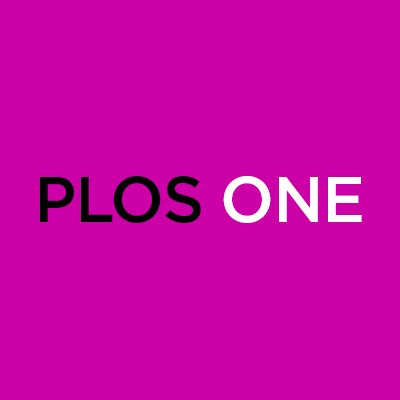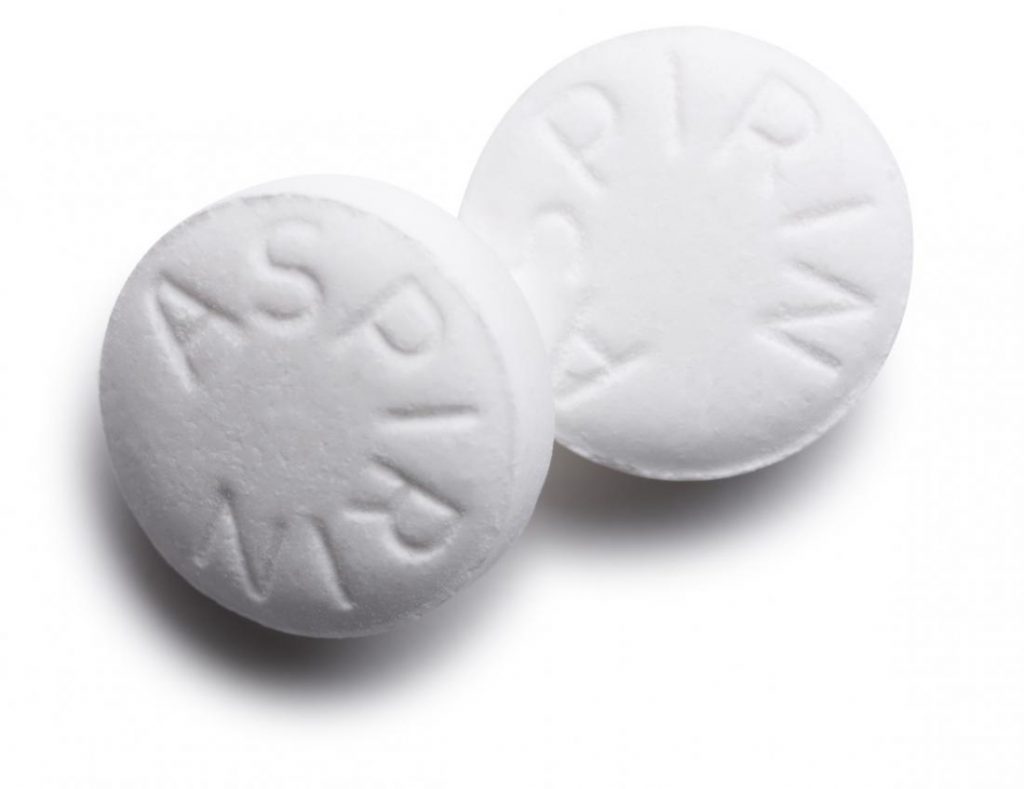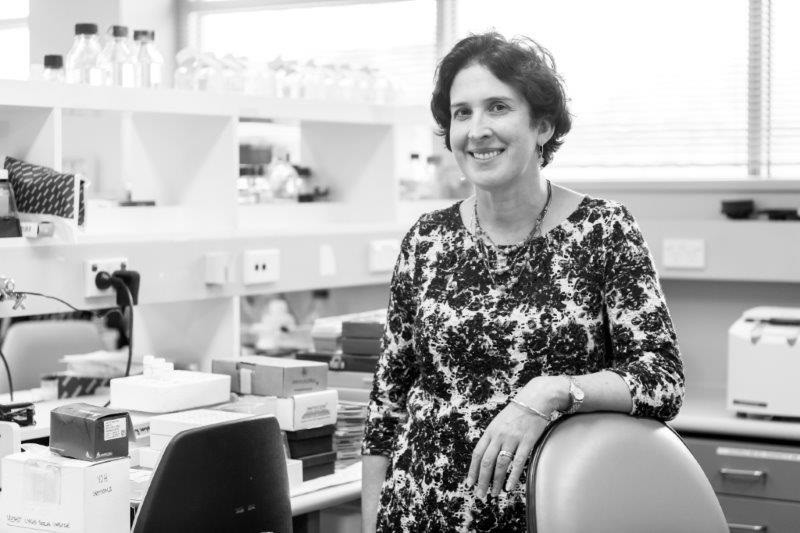
A researcher in Japan who published at least five papers about a deadly 2016 earthquake faked some of the data, Osaka University announced late last week.
Yoshiya Hata resigned his Osaka post and later died, according to media outlet NHK. He claimed to have studied the April 2016 Kumamoto earthquake, which killed at least 50 people, and injured thousands.
In October 2017, we reported that Hiroyuki Goto, of Kyoto University and one of Hata’s co-authors, had apologized because he said that the data contained “wide reaching errors.” One of the papers the two co-authored earned an editor’s note. Continue reading Late researcher faked Kumamoto earthquake data, university finds
 Before we present this week’s Weekend Reads, a question: Do you enjoy our weekly roundup? If so, we could really use your help. Would you consider a
Before we present this week’s Weekend Reads, a question: Do you enjoy our weekly roundup? If so, we could really use your help. Would you consider a  We have news of two upcoming retractions, both following critiques on PubPeer.
We have news of two upcoming retractions, both following critiques on PubPeer. Researchers in China have retracted a 2016 paper in Oncology Letters on the anti-cancer properties of aspirin because, well, it was a disaster from top to bottom.
Researchers in China have retracted a 2016 paper in Oncology Letters on the anti-cancer properties of aspirin because, well, it was a disaster from top to bottom. 

 Publishers love their
Publishers love their 
